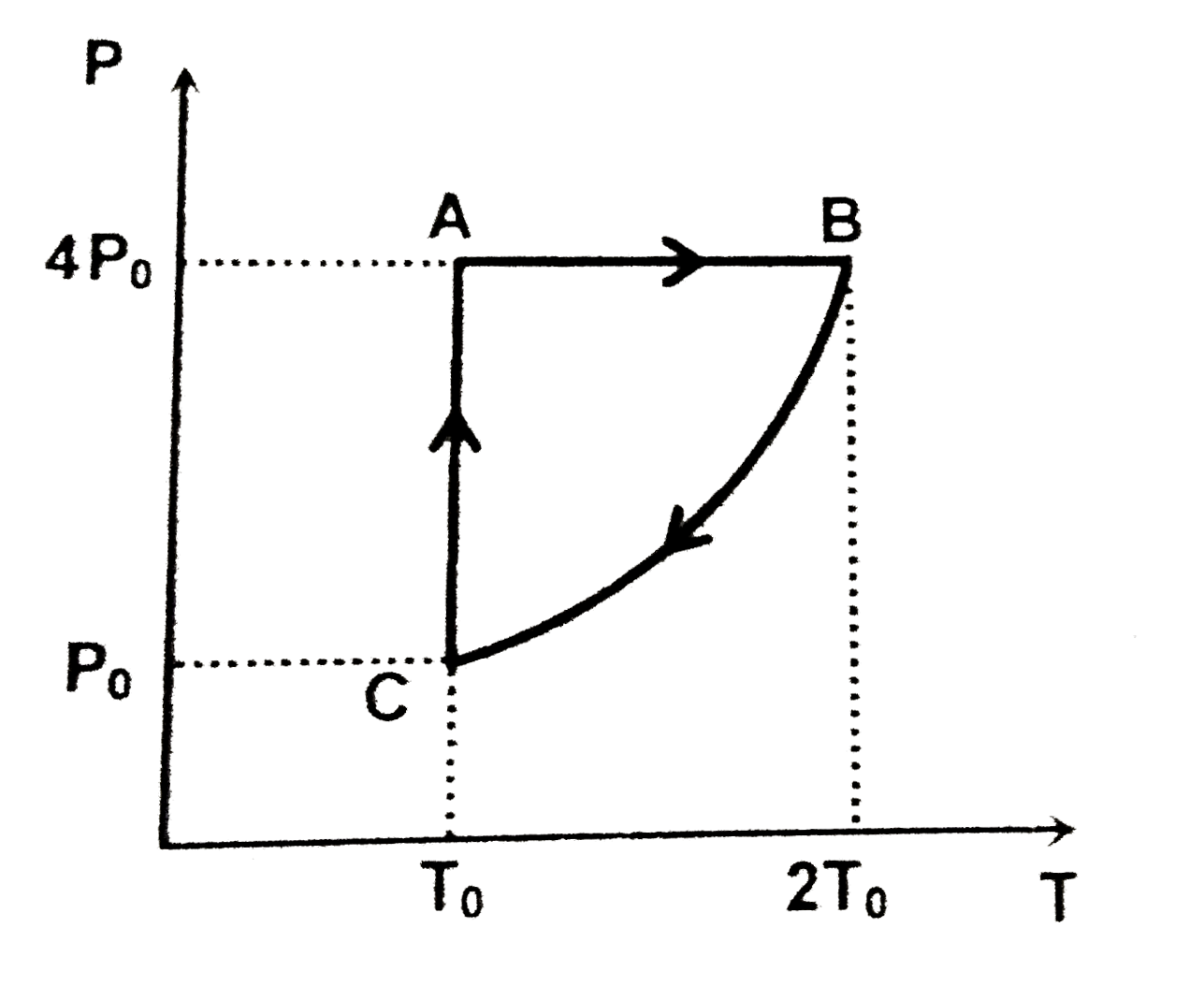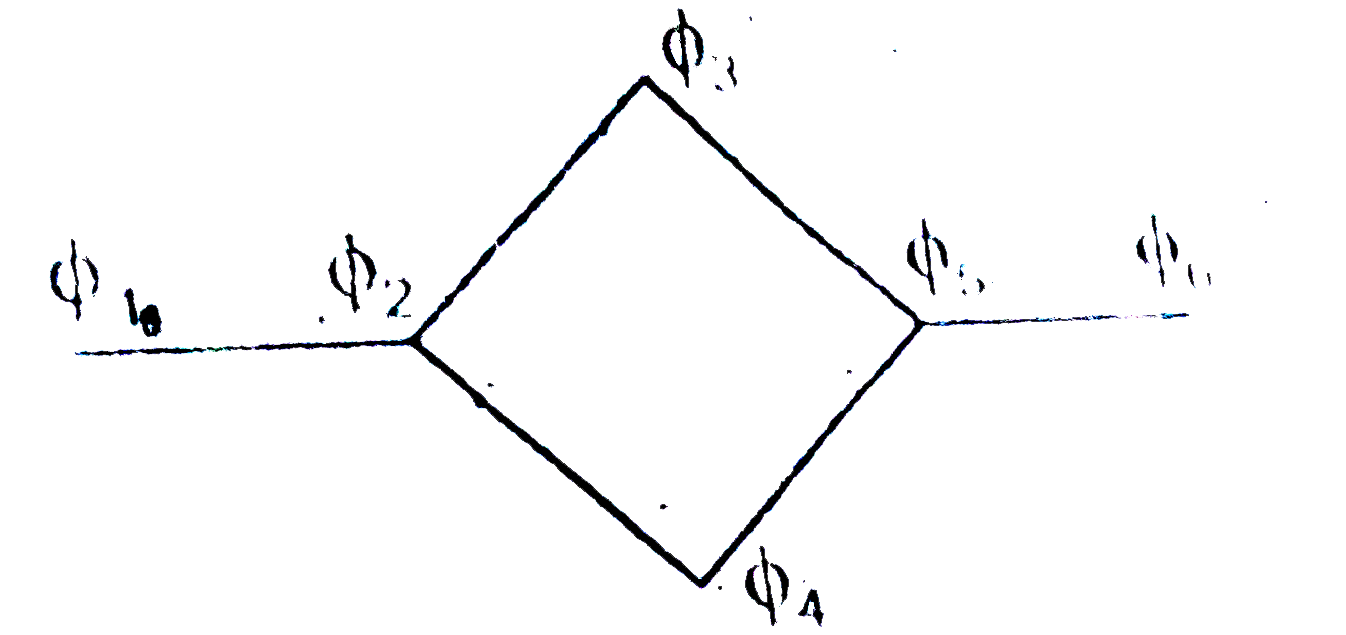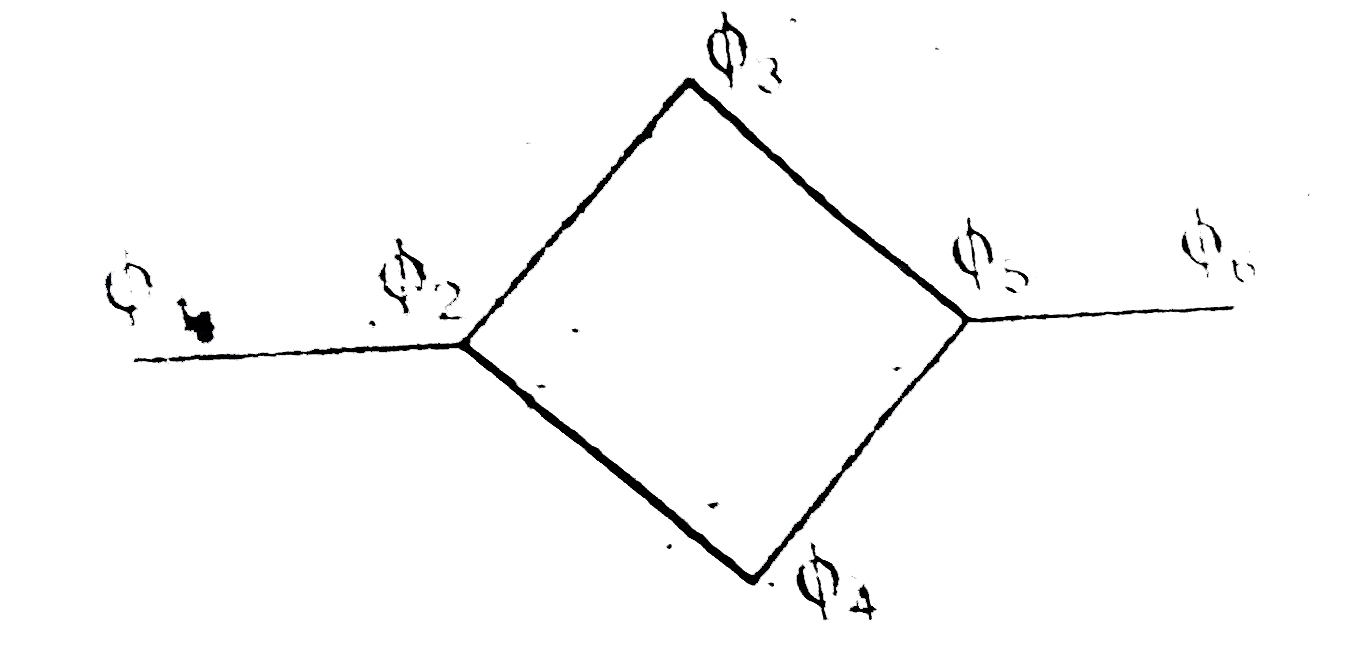One end of a metal rod is kept in a furnace. In steady state, the temperature of the rod
increases
decreases
remains constant
is non uniform.
The correct Answer is:D
To solve the question regarding the temperature distribution along a metal rod with one end in a furnace, we can follow these steps:
1. Understanding the Setup:
- One end of the metal rod is placed in a furnace, which means it is exposed to a high temperature. The other end of the rod is outside the furnace, likely at a lower temperature.
2. Establishing Steady State:
- In a steady state, the temperature of the rod does not change with time. This means that while heat is being transferred from the hot end (inside the furnace) to the cold end (outside the furnace), the temperature at any given point along the rod remains constant over time.
3. Temperature Distribution:
- The temperature will not be the same along the length of the rod. The end in the furnace will be at a higher temperature compared to the end that is outside.
4. Temperature Gradient:
- The temperature gradient (change in temperature with respect to distance) along the rod will be present. Since one end is hot and the other end is cooler, the temperature gradient (dT/dx) will be non-uniform.
5. Conclusion:
- Since the temperature varies along the length of the rod from the hot end to the cold end, we conclude that the temperature distribution is non-uniform.
Final Answer:
The correct option is that the variation will be non-uniform.
---
- One end of the metal rod is placed in a furnace, which means it is exposed to a high temperature. The other end of the rod is outside the furnace, likely at a lower temperature.
- In a steady state, the temperature of the rod does not change with time. This means that while heat is being transferred from the hot end (inside the furnace) to the cold end (outside the furnace), the temperature at any given point along the rod remains constant over time.
- The temperature will not be the same along the length of the rod. The end in the furnace will be at a higher temperature compared to the end that is outside.
- The temperature gradient (change in temperature with respect to distance) along the rod will be present. Since one end is hot and the other end is cooler, the temperature gradient (dT/dx) will be non-uniform.
- Since the temperature varies along the length of the rod from the hot end to the cold end, we conclude that the temperature distribution is non-uniform.
The correct option is that the variation will be non-uniform.
Topper's Solved these Questions
- BOOK - HC VERMA ENGLISHCHAPTER - HEAT TRANSFEREXERCISE - OBJECTIVE II6videos
HEAT TRANSFER
- BOOK - HC VERMA ENGLISHCHAPTER - HEAT TRANSFEREXERCISE - EXERCIESE55videos
HEAT TRANSFER
- BOOK - HC VERMA ENGLISHCHAPTER - HEAT TRANSFEREXERCISE - worked out examples20videos
HEAT TRANSFER
- BOOK - HC VERMA ENGLISHCHAPTER - HEAT AND TEMPERATUREEXERCISE - Objective 26videos
HEAT AND TEMPERATURE
- BOOK - HC VERMA ENGLISHCHAPTER - INTRODUCTION TO PHYSICSEXERCISE - Question for short Answer4videos
INTRODUCTION TO PHYSICS
Similar Questions
Assertion : Heat is supplied at constant rate from one end of a conducting rod. In steady state, temperature of all points of the rod becomes uniform.
Reason : In steady state, temperature of rod does not increase.View Solution
Two ends of a rod of uniform cross sectional area are kept at temperature 3T0 and T0 as shown. Thermal conductivity of rod varies as k=αT, (where α is a constant and T is absolute temperature). In steady state, the temperature of the middle section of the rod isView SolutionA rod is heated at one end as shown in figure. In steady state temperature of different sections becomes constant but not same. Why so?
 . View Solution
. View SolutionOne end of a rod length 20cm is inserted in a furnace at 800K. The sides of the rod are covered with an insulating material and the other end emits radiation like a blackbody. The temperature of this end is 750K in the steady state. The temperature of the surrounding air is 300K. Assuming radiation to be the only important mode of energy transfer between the surrounding and the open end of the rod, find the thermal conductivity of the rod. Stefan constant σ=6.0×10−1Wm−2K−4 .
View SolutionOne end of a rod length 20cm is inserted in a furnace at 800K. The sides of the rod are covered with an insulating material and the other end emits radiation like a blackbody. The temperature of this end is 750K in the steady state. The temperature of the surrounding air is 300K. Assuming radiation to be the only important mode of energy transfer between the surrounding and the open end of the rod, find the thermal conductivity of the rod. Stefan constant σ=6.0×10−1Wm−2K−4 .
View SolutionOne end of a rod of length 20cm is inserted in a furnace at 800K The sides of the rod are covered with an insulating material and the other end emits radiation like a black body. The temperature of this end is 750K in the steady state The temperature of the surrounding air is 300K Assuming radiation to be the only important mode of energy transfer between the surrounding and the open end of the rod, find the thermal conductivity of the rod Stefan's constant σ=6.0×10−8Wm−2K−4 .
View SolutionA brass rod of length 1m is fixed to a vertical wall at one end, with the other end keeping free to expand. When the temperature of the rod is increased by 120∘C, the length increases by 3cm. What is the strain?
View SolutionSix identical conducting rods are connected as shown in figure. In steady state temperature of point ϕ1 is fixed at 100∘C and temperature of ϕ6 at −80∘C

Q. What is the temperature of ϕ5?View SolutionSix identical conducting rods are connected as shown in figure. In steady state temperature of point ϕ1 is fixed at 100∘C and temperature of ϕ6 at −80∘C

Q. What is the temperature of ϕ2?View SolutionSix identical conducting rods are connected as shown in figure. In steady state temperature of point ϕ1 is fixed at 100∘C and temperature of ϕ6 at −80∘C

Q. What is the temperature of ϕ3?View Solution

